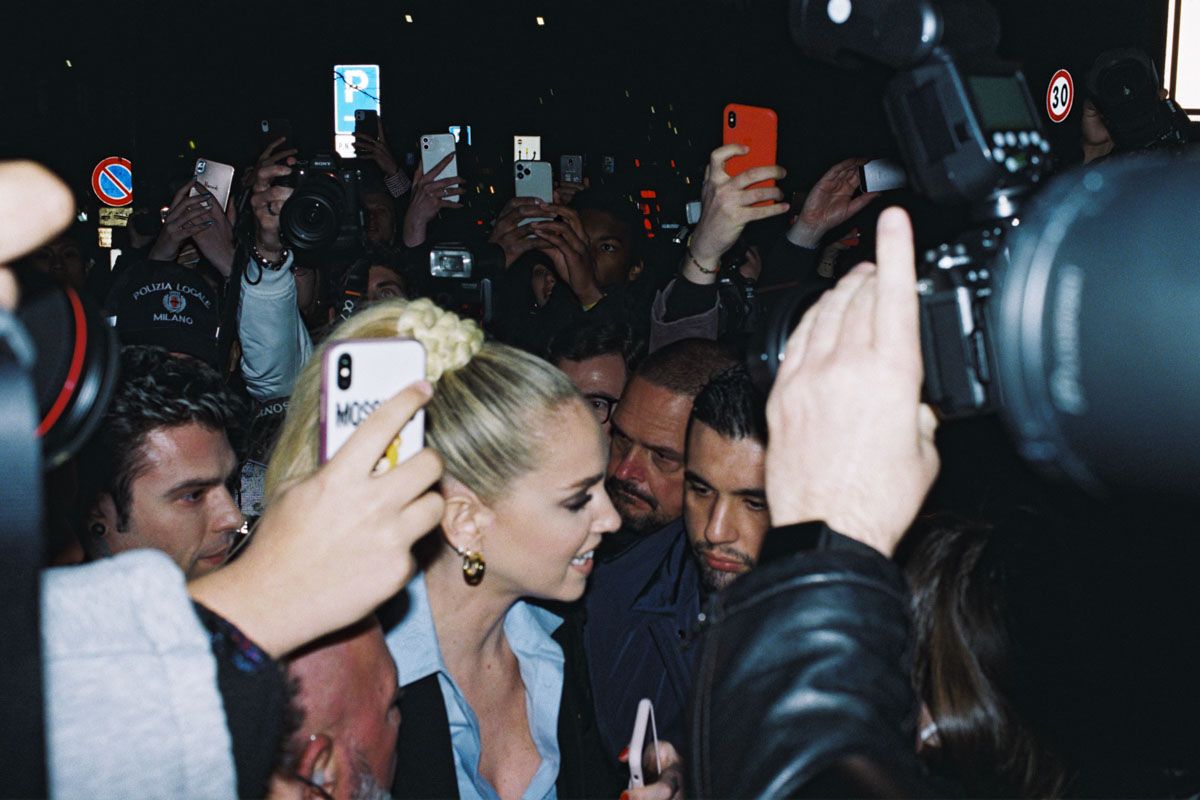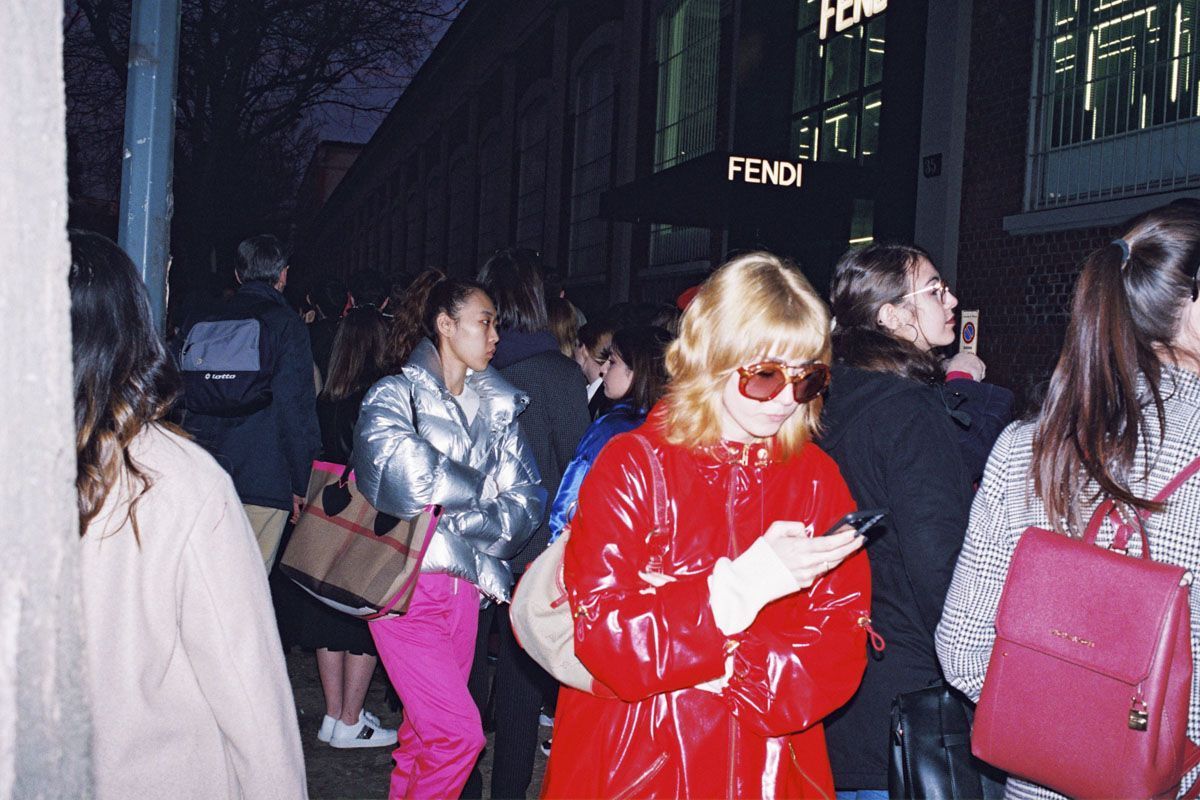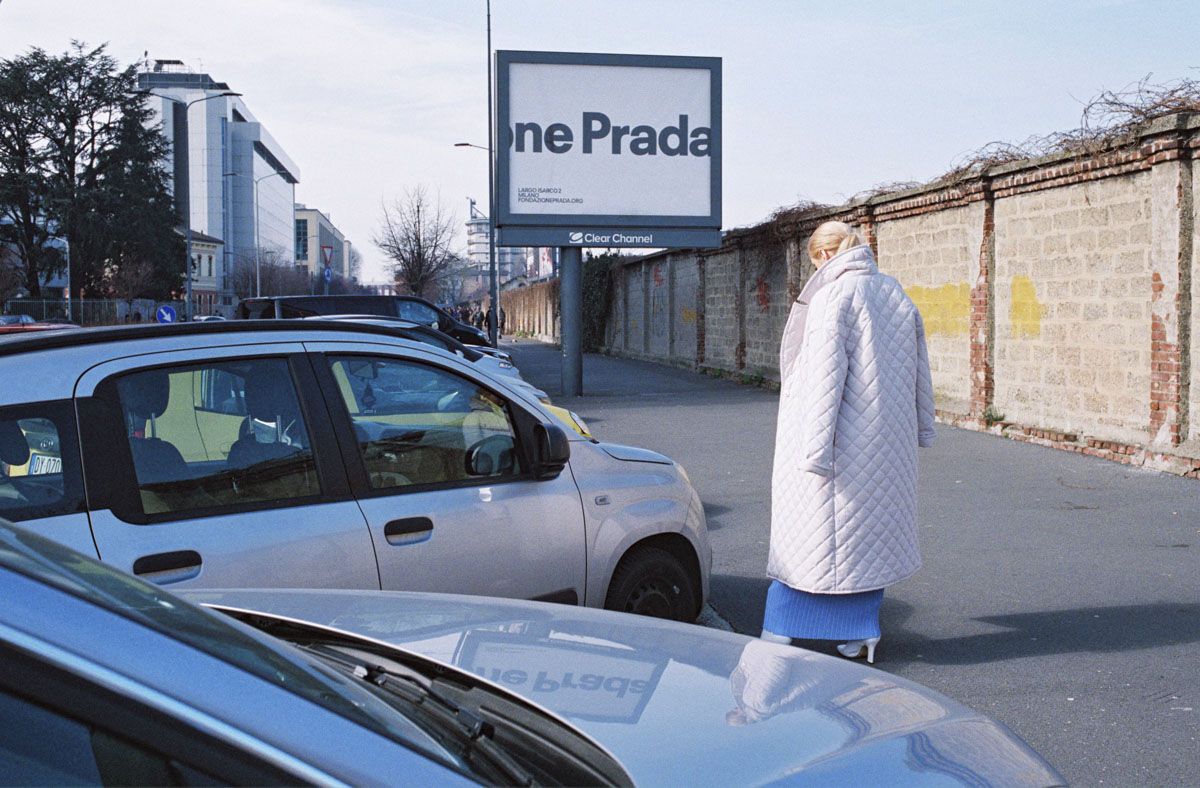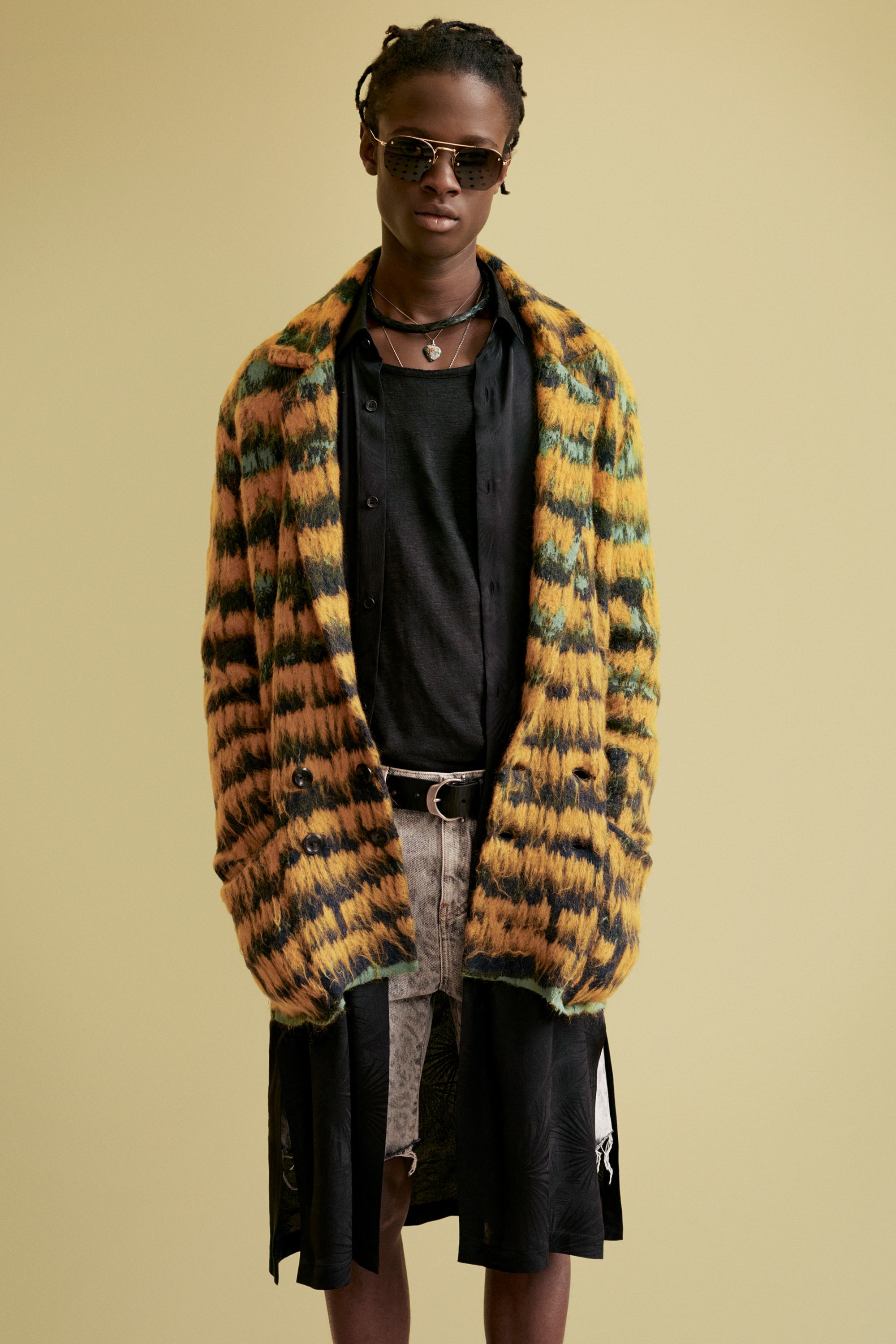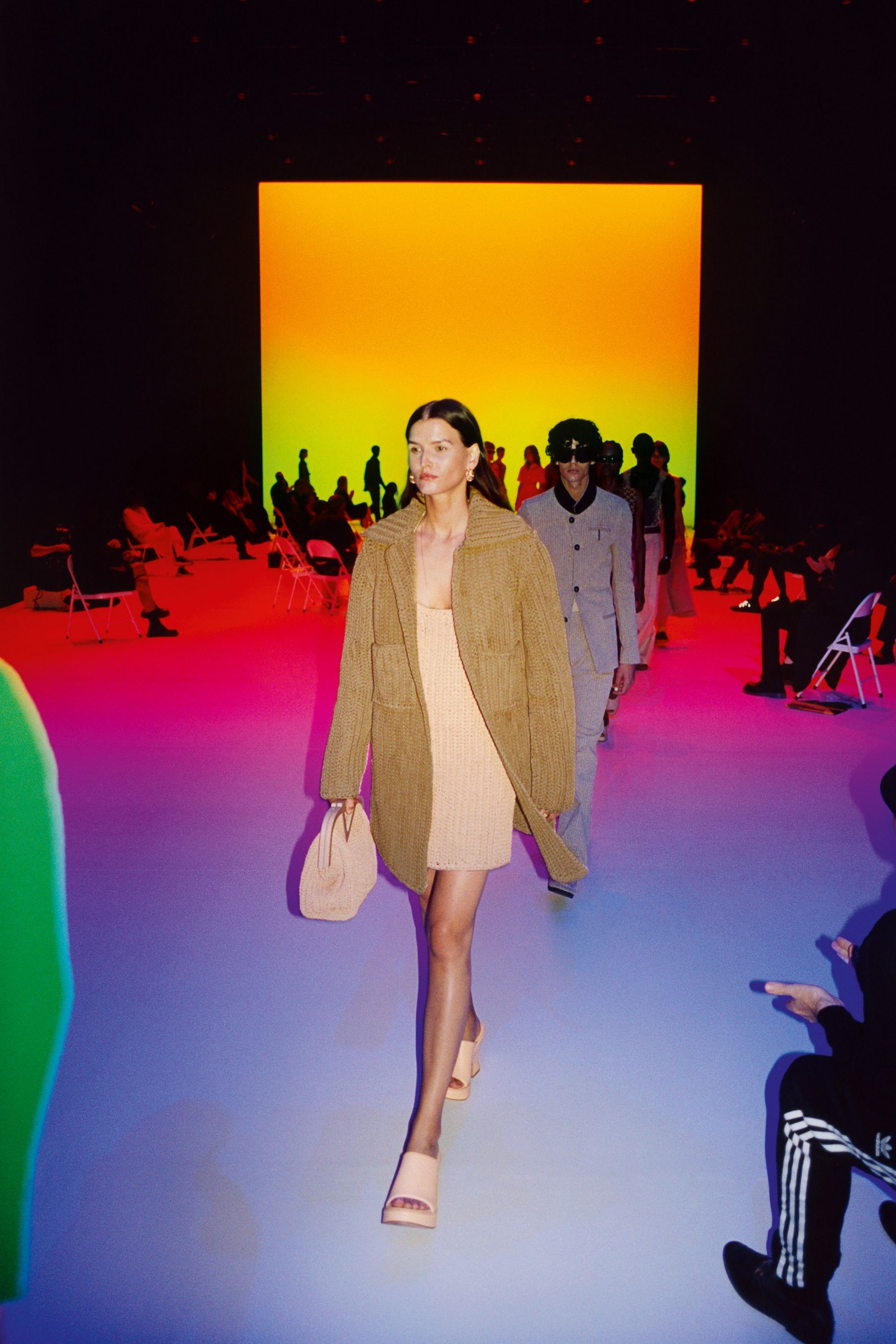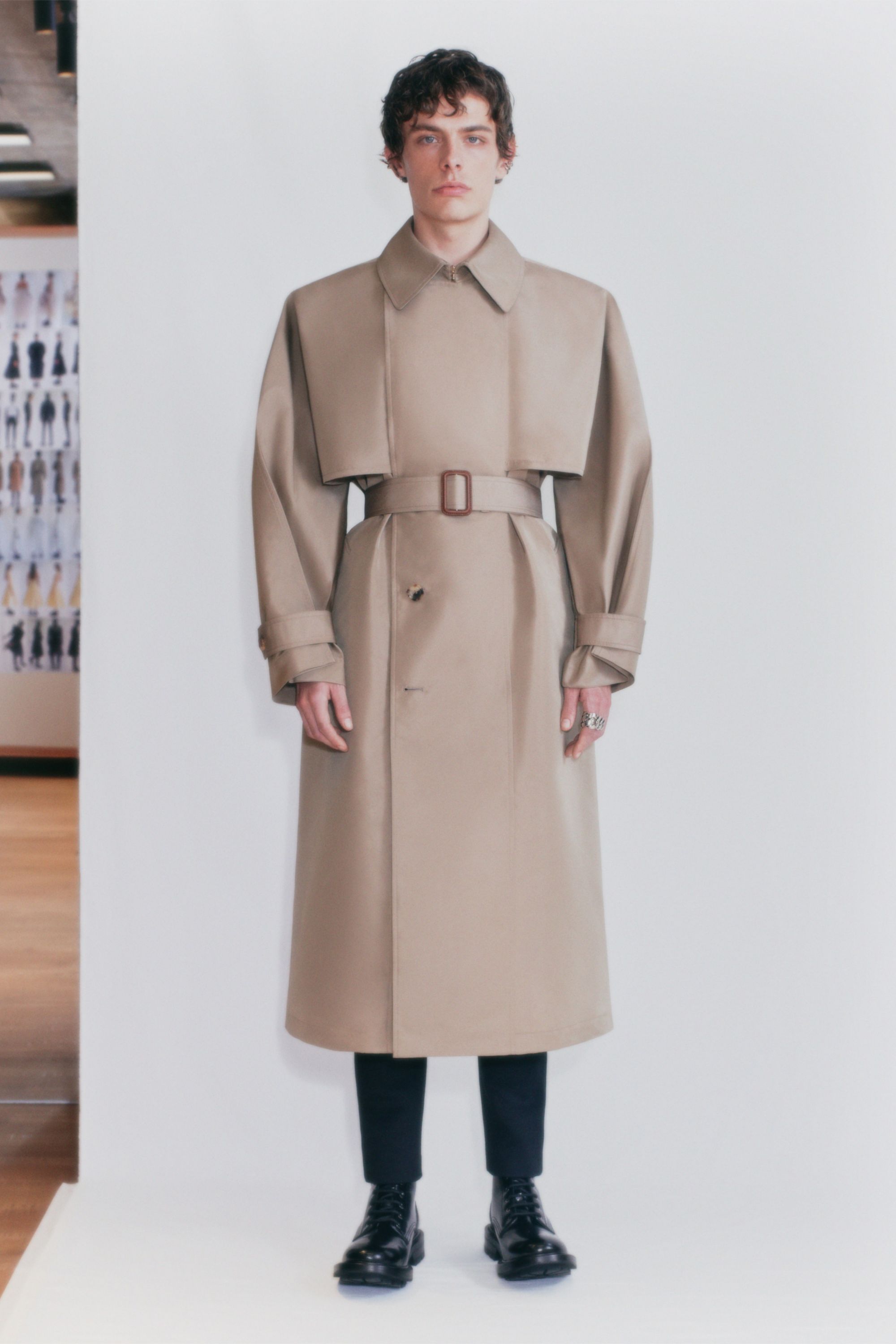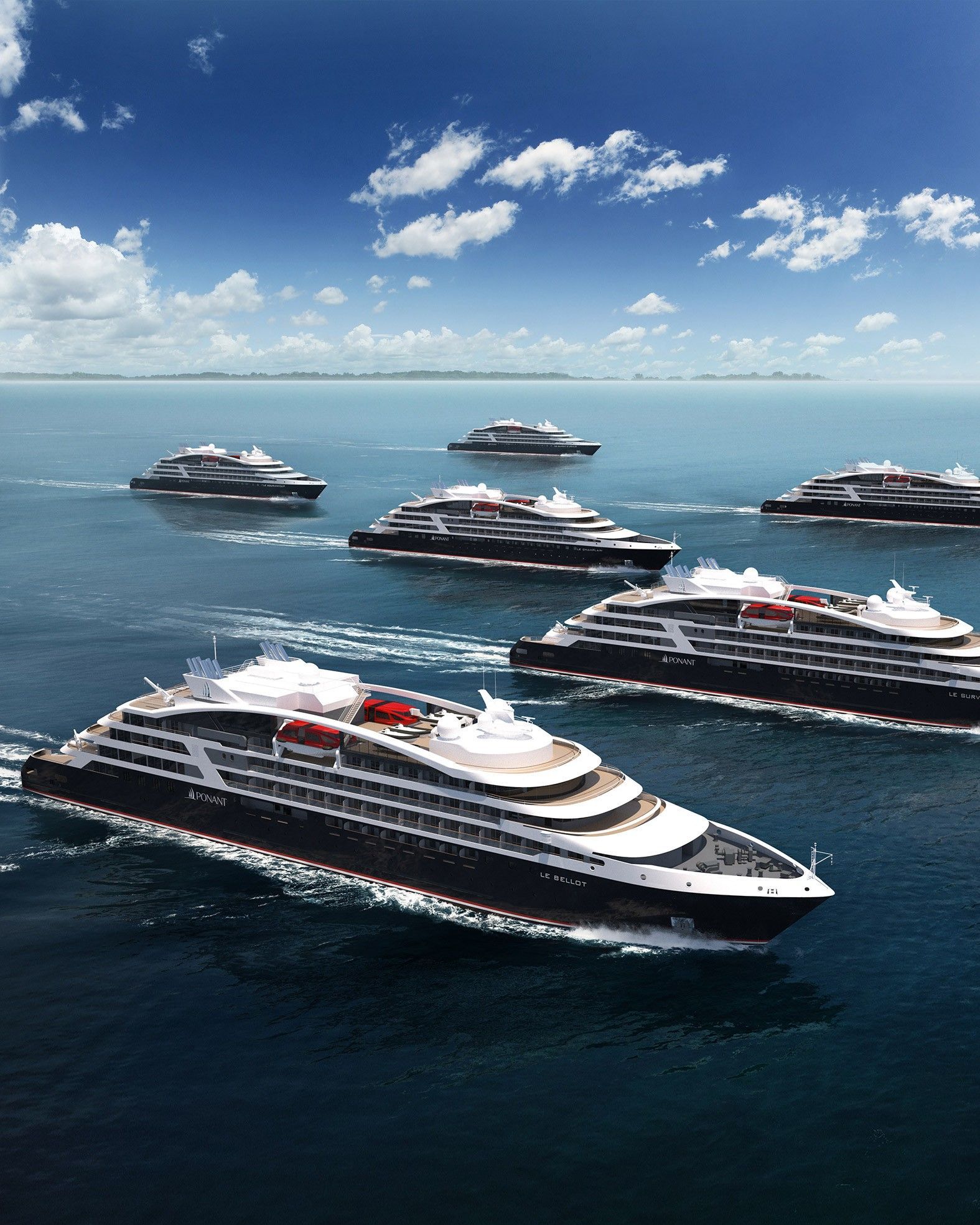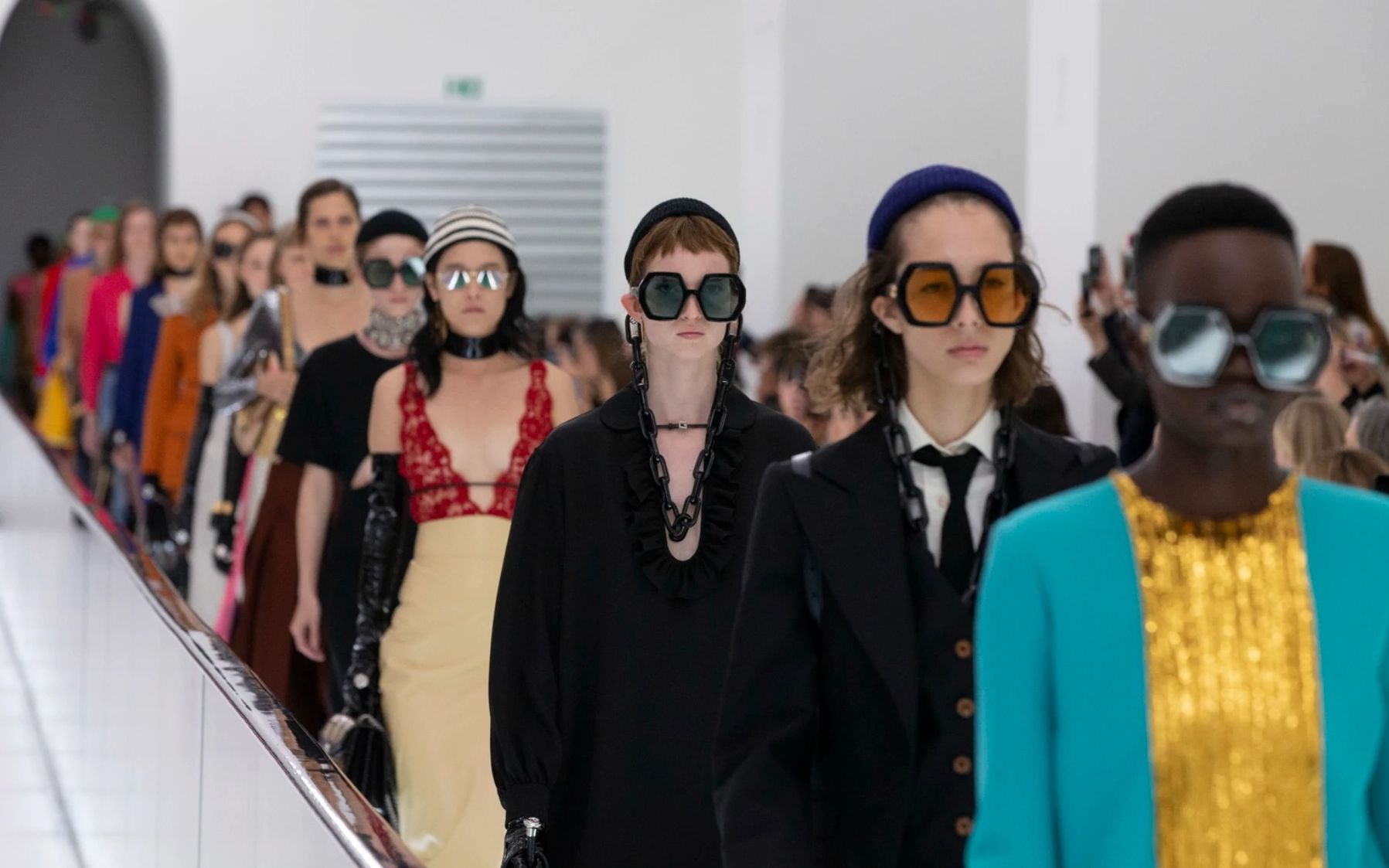
Why are Kering brands abandoning fashion weeks? The Pinault industrial group works on new strategies
Since the transition to digital became an obligatory step for fashion, the system of fashion shows and presentations that until recently was considered solid and immutable has been almost completely unhinged. Two seasons after the last physical fashion week in Milan, the walking out of brands such as Gucci and Bottega Veneta from the Milan Fashion Week calendar seems almost normal – also considered as this type of illustrious abandonments, in favor of independent presentations, has become a bit of a practice for many big players. But in this case there is a recursive scheme that emerges: in fact, together with Gucci and Bottega Veneta, Saint Laurent, Balenciaga and Alexander McQueen, all Kering brands have been the first to drop-out traditional calendars; while the "rivals" of the LVMH group remained firmly rooted in them. Considering that, at the same time, Bottega Veneta has decided to disappear from social media, a move part of a broader differentiation strategy in place at Kering, it would be easy to assume that there are a much broader plan on the move for the main protagonists of the industry. You just have to figure out which one.
Before continuing our analysis it is good to specify that Kering brands are by no means the only ones to have abandoned fashion weeks: Versace and Tom Ford have abandoned their "local" frames, milan and New York respectively, to present on cheaper dates; Ralph Lauren, Michael Kors and Marc Jacobs followed Ford's example in America just as Azzedine Alaïa did in Paris. Within these abandonments, all certainly caused by technical and visibility reasons, Kering's collective decision to follow its own independent calendar could represent a bold but nonetheless sensible move to take advantage of the differentiation: Kering's five biggest brands are in fact also among the most successful in the industry, making them follow independent plans is the best way to draw all the attention to them and not to make them disappear in the succession of video presentations that have become European fashion weeks.
Once again, as in the case of the fashion world's interest in Clubhouse, there is the birth of a weariness towards the mainstream media: there is fading confidence in an Instagram that is now hyper-saturated with content, where the practice has now become to hide nagging ads and where campaign and collection ads follow one another at an almost numibing rhythm, Kering's big players have decided to play their own game and carve moments in the public's attention just for themselves instead of ending up on the same list as the others. Coming out of the usual traditional reasoning, which would like for example all the Milanese brands protagonists of fashion week, it could perhaps be said that the absence of these big players leaves more room for the new voices of the industry that instead benefit from the structure of fashion week – within which, in the case of Milan, large and important names such as Prada, Valentino, Armani, Sunnei and so on remain. The only disadvantage is perhaps for the public, who will see the myth of the fashion week tarnished, with its courtship of events large and small, international characters pouring into the city and exiting the parades full of photographers.











































